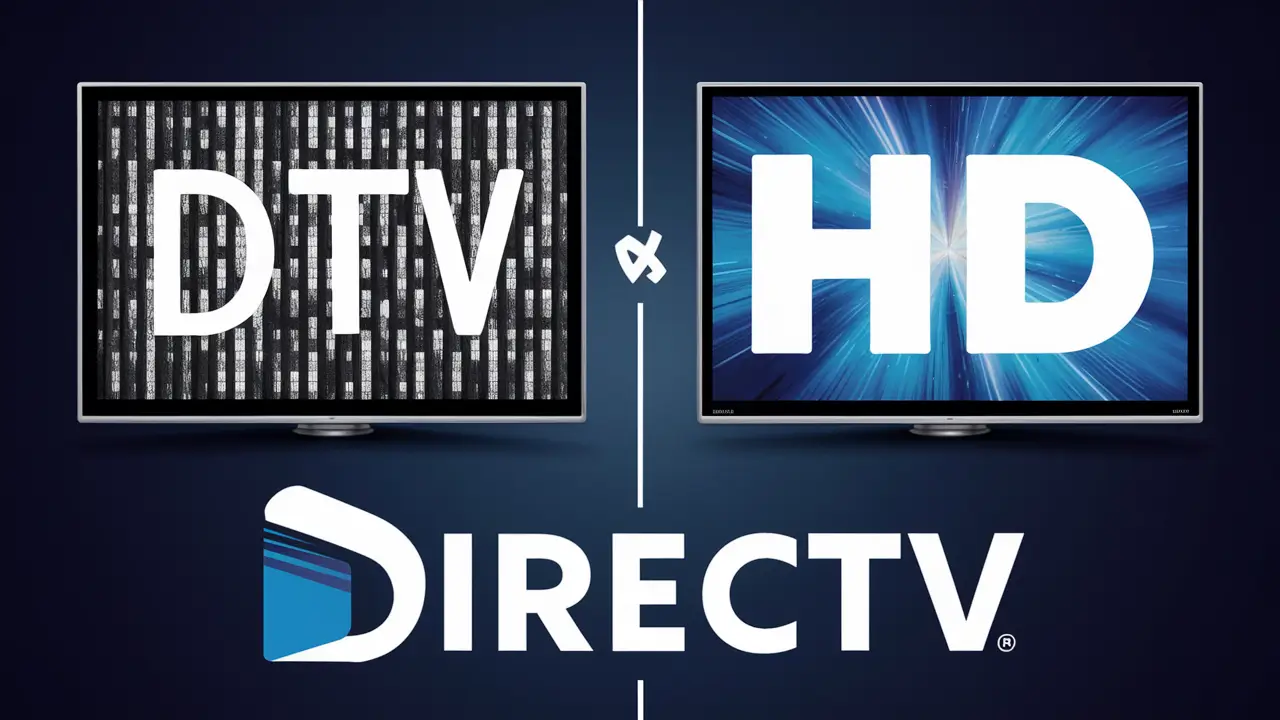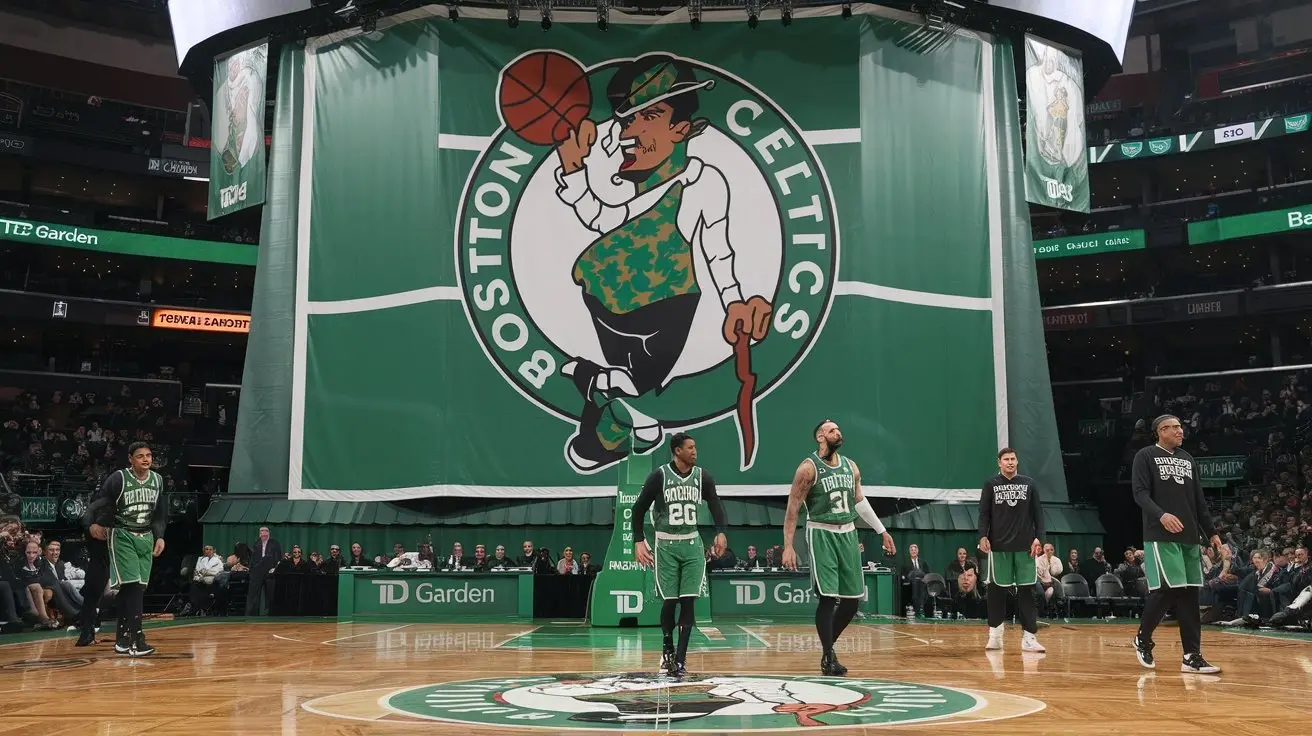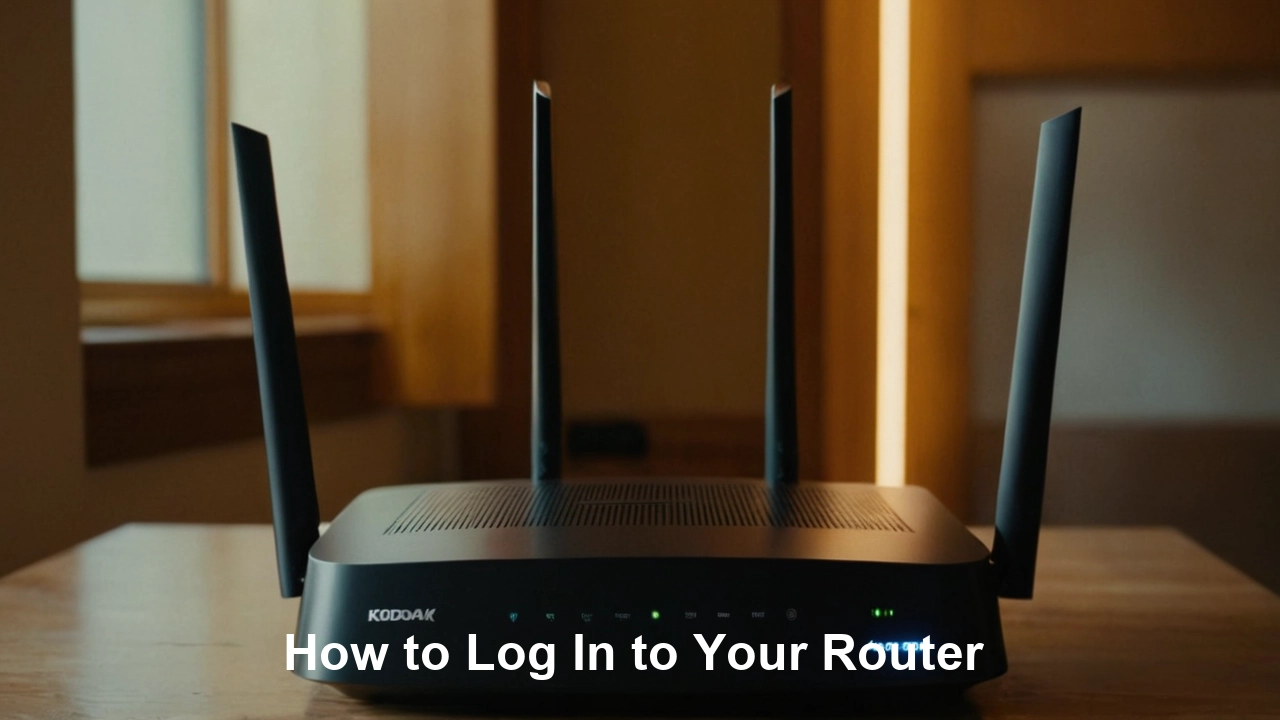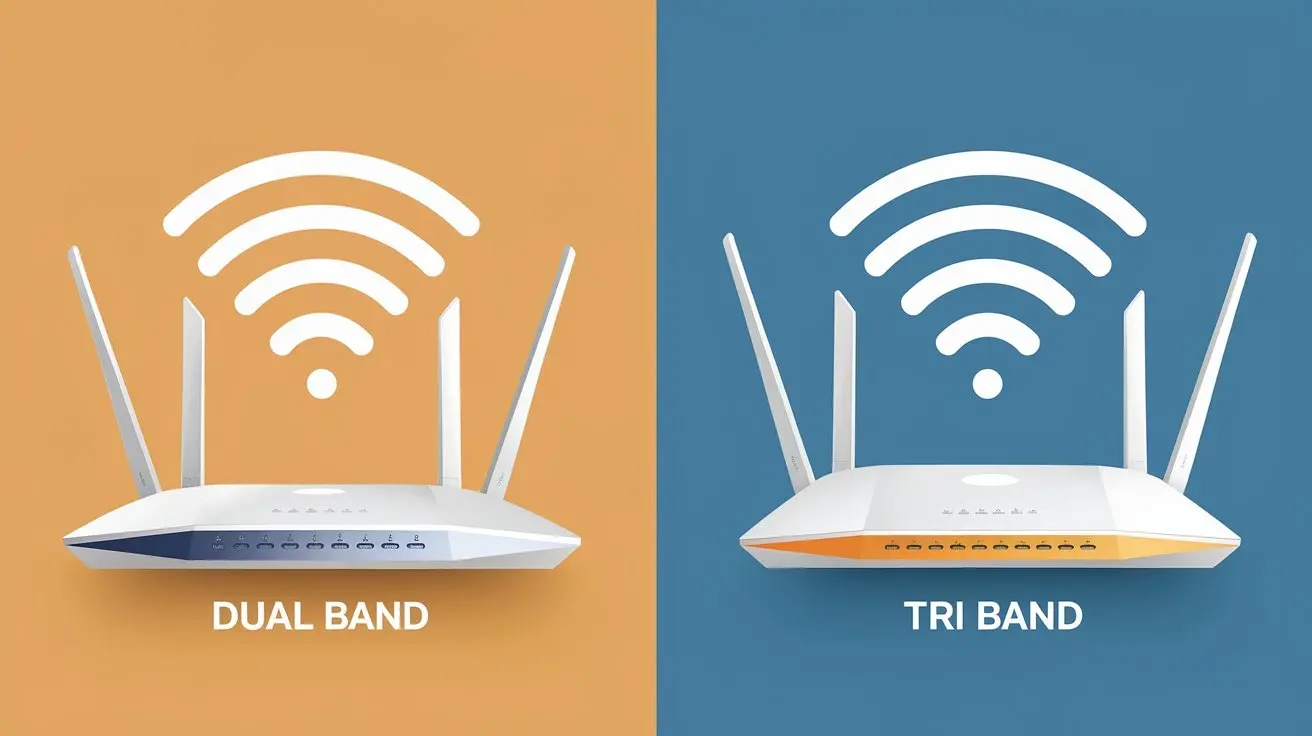
DTV means “digital television” and HD means “high-definition. ” These are both techniques for broadcasting and displaying TV signals, although there are some important distinctions that one should be aware of.
The Digital Television Transition
Digital television (DTV) is the analog to digital television change-over.
Digital TV transmission is the use of digital technology rather than analog one. This change occurred in the United States on June 12, 2009, at which full-power television stations stopped running analog broadcasts. But after this date, without a digital-to-analog converter box, conventional analog TV sets could not get over-the-air programs.
This change to DTV enabled the broadcasters to more effectively disseminate the television signals. Apart from greater options of shows and certain interactive features, DTV offers superior quality audio and visuals than analogs.
DTV mainly consists of the fact that information is sent in a digital form instead of the analog manner used for ordinary TV broadcasts. Images and music so are sent as digital information instead of a standard electrical transmission.
The first distinction is visual quality, also referred to as High Definition or HD and Standard Definition or SD.
DTV broadcasts can be sent in either standard definition (SD) or high definition (HD):
Standard Definition DTV offers picture quality that is similar to that of analog TV and the initial phases of digital TV broadcasting. It can be 720 by 480 pixels for SD DTV most of the time.
HD DTV enables broadcasters to transmit television signals with up to five-fold the resolution of SD. To be classified as HD, broadcasts must be sent at either 720p, 1080i, or 1080p:
- 720p has 720 lines of horizontal pixels refreshed once a second (720 progressive scan lines).
- 1080i has 1080 scan lines with information provided in each line in turns, 30 times per second, (1080 interlace scan lines).
- 1080p has 1080 horizontal lines and data is shifted line by line, thirty times per second (1080 progressive scan lines).
Even in layman’s language, HD can be described as a system in which more pixels are used to create moving images to make them clearer and sharper. This is because; more pixels will mean that more picture data can be transmitted as well as received given the same bandwidth.
Besides the enhancement of the picture quality, high-definition programs entail better sound quality. HD carries 7. 1 Discrete Digital Audio Channels against 2 Channels being carried by the Standard Analogue TV Broadcast.
Is a DTV Signal Always High Definition?
No, going digital does not instantly make a broadcast high-definition. HD is an upgrade to digital television – HDTV signals require special equipment on both the broadcast side for producing HD video/audio and the receiving end for watching HD programs.
At the beginning of the DTV transition, most over-the-air broadcasts continued to be in standard definition SD even though signals were now digital. HD offerings have since increased with the majority of national broadcast networks and cable stations now offering high-definition feeds. Some of the regional affiliates, however, may still broadcast some of the subchannels in standard definition only.
For you to get the OVER THE AIR HD programming you will need an antenna and a TV or a receiver that is capable of processing an HD signal. A digital converter box enables you to receive standard-definition DTV signals on an analog set but cannot decode high-definition signals. HD-Ready Televisions are equipped with ATSC digital tuners that allow them to receive over-the-air DTV signals.
Is High Definition Equipment Necessary for DTV?
It is important to note that you would not require an HDTV set or HD equipment to watch digital television programming. However, to be able to receive over-the-air signals after the shutdown of analog signals in 2009, you will require some form of compatible DTV receiver.
Options for receiving basic DTV/SD programming include:
- Digital converter box – This is a device used to change digital signals that are transmitted through the air and broadcasted into analog signals that can be fed to old TVs using cables. This is the most cost-effective solution to allow analog sets to make reception of DTV broadcasts possible.
- Digital TV – A set with a built-in ATSC tuner. While some HD Televisions can receive both DTV and ATV signals, new sets currently in the market can only receive DTV signals. Digital TVs at entry-level show better standard definition programs but can’t decode true high-definition material.
- DTV Recorders – This covers digital DVRs for recording/time-shifting digital and DVD recorders that incorporate built-in digital tuners for over-the-air reception. Enables recording from free-to-air broadcast channels at standard definition quality for archiving.
Analog television sets cannot decode over-the-air DTV signals or display digital programming in the absence of one of these compatible receivers.
Bottom Line
The digital television transition rendered over-the-air broadcasts incompatible with analog television sets. DTV means a direct transition from analog to digital signal broadcasting – it does not mean that the content can only be transmitted in high definition. HD brings better video and audio quality than SD but it requires separate tuning equipment to decode the HD video and audio signals. Although an HDTV and antenna are required to receive high-definition programming with clear picture quality, standard-definition digital broadcasts can even be viewed on old analog television sets using a DTV converter.
Transform your viewing experience with DirecTV! Call us today at +1 855-213-2250 to explore our plans and find the perfect package for you. Our experts are ready to assist you and get you set up with top-notch entertainment. Don’t wait—contact us now!





